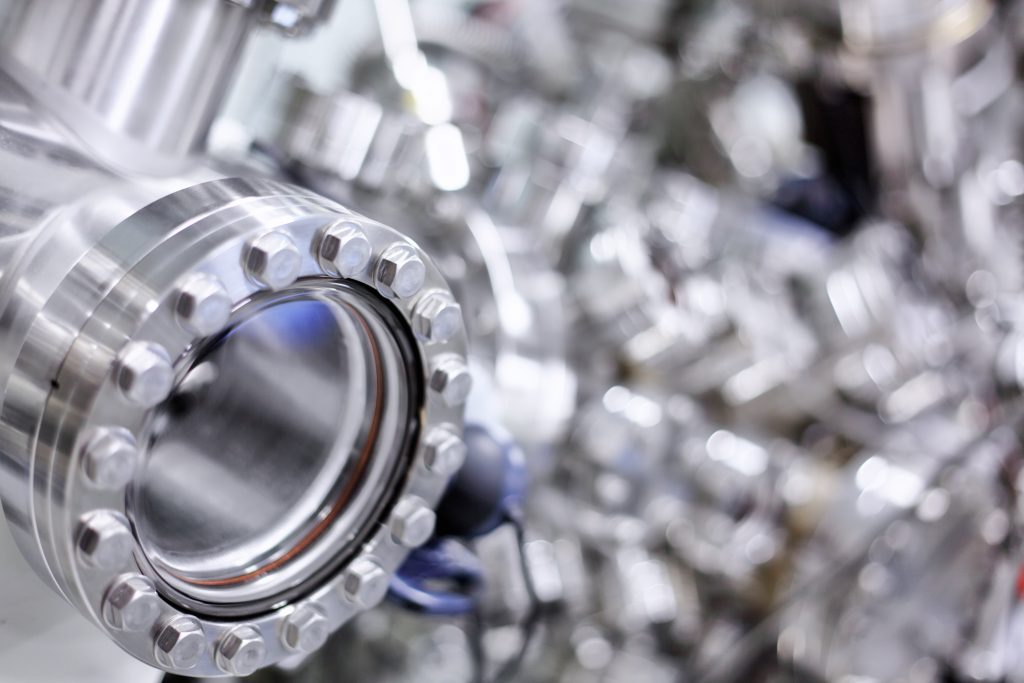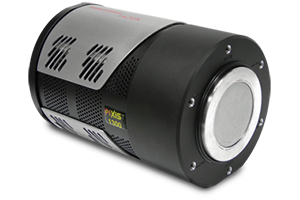David Harding, Jeffrey Ulreich et al.
Fusion Science and Technology
X-Ray phase contrast imaging returns valuable information about frozen hydrogen shells used as fuel for laser ignited fusion experiments.
Introduction
Researchers at the Laboratory for Laser Energetics in Rochester are using X-Ray imaging to characterize frozen hydrogen shells that are used as fuel in fusion experiments. The lab develops and conducts experiments, materials and technologies as part of a national program on inertial confinement fusion. This process uses spherical shells consisting of deuterium and tritium. The fusion process is initiated by an intense laser beam, leading to the explosion of the outer layer of the micrometer sized spheres and driving compression and heating of fuel inside the shells.

X-Ray phase contrast imaging is a useful technique to analyze structure in materials. It observes interference due to phase differences created by different index of refraction in materials. Phase contrast imaging can even be applied to materials like hydrogen where X-Ray absorption is low.
The X-Ray phase imaging setup at LLE uses a microfocus X-Ray source in 165 mm distance from the sample and a PIXIS-XB direct detection camera in 1140 mm distance. The large distance of the detector is chosen to magnify the image to a resolution of 1.6 μm/pixel. The X-Ray measurements are compared to visible light shadowgraphy measurements to figure out which technique is best suited for measuring specific properties of the ice shells.
The X-Ray measurements show the suitability of the technique to measure the thickness and defects in the deuterium-tritium layers, in particular for measuring longer wavelength fluctuations, as the X-Rays are less affected by small defects compared to the visible measurements. Combined with the visible imaging techniques, X-Ray phase imaging can help to identify highest quality ice layers where the results of both measurements techniques give the most similar results.

